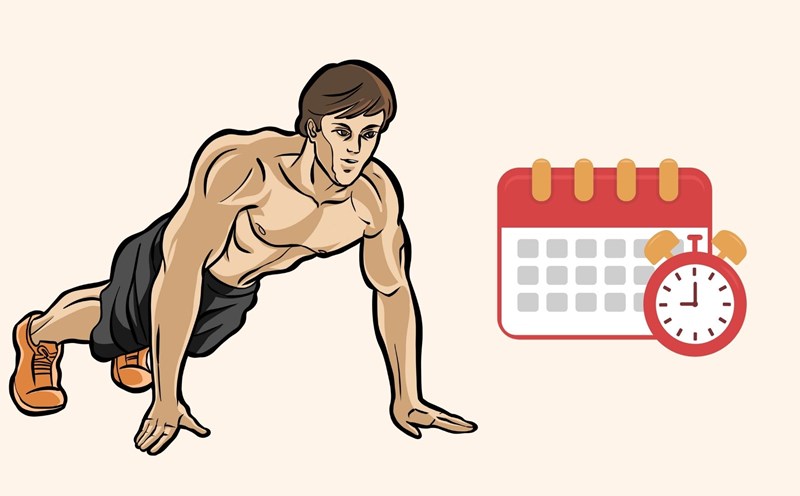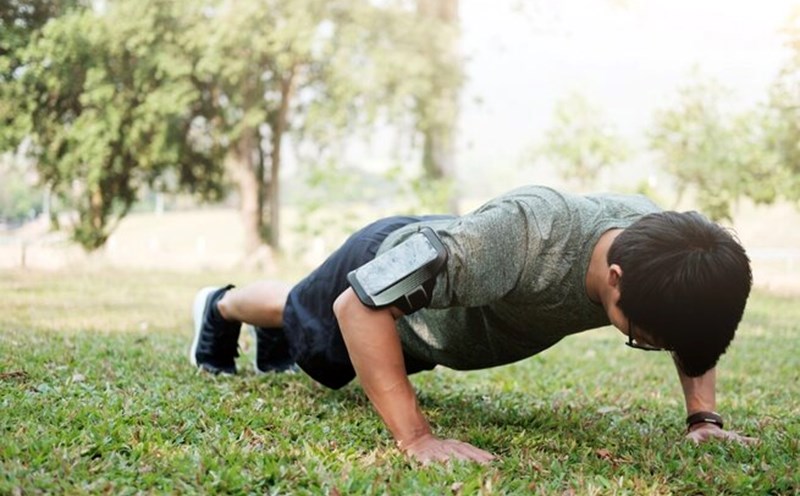With push-ups, many people think this is an arm or chest exercise, but in fact, abdominal muscles are the muscle group that must be actively participated. When doing push-ups, you need to activate core strength - that is, the core muscle group including the abdominal muscles, lower back muscles and the hips.
A common mistake when exercising is to hold the stomach - that is, tighten the stomach but rely on the buttocks. This method not only does not activate the abs properly, but can also easily cause incorrect posture. Instead, you should gently constrict your abdomen, tighten your core and push your hips down a little, so that your abs will be more active.
Adjusting your posture correctly not only helps maximize the effects of the exercise, but also limits injuries and supports safe and effective abdominal exercise.
When starting push-ups, many people often lift their buttocks up high, leading to incorrect posture and inability to activate the core muscles (core). If you continue to exercise in this way for a long time, you will not only waste effort but also not achieve the desired abdominal muscle training results.
To stimulate your abs better, keep your upper body and legs in line, flat and parallel to the ground.
Gently separate your legs and press your feet into the floor as much as possible to create stability. Do not put pressure on your buttocks, instead tighten your abs and maintain core strength.
Initially, you may feel a rapid cramps or fatigue in your abs, but it is a sign that your muscles are activated properly. If you practice persistently with the correct posture and technique, you will gradually feel more comfortable and quickly achieve the desired abdominal toning effect.











